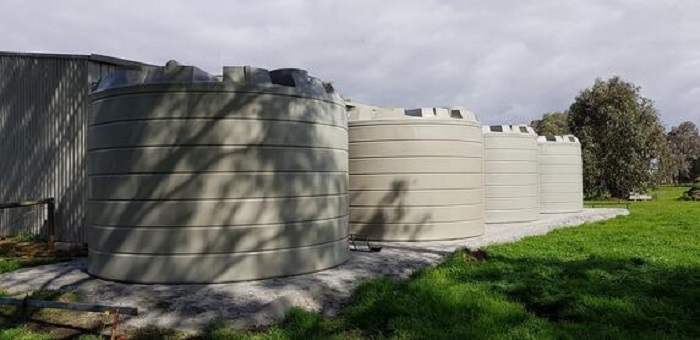Water storage tanks can be a great way to store water, but they can also have some common problems. One problem is that the water can become stale or contaminated.
Water storage tanks are an important part of many homes, but they can also be a source of common problems. Some of the most common issues with water storage tanks include leaks, corrosion, and sediment build-up.
If not properly maintained, these problems can lead to decreased water quality and even system failure. Fortunately, most of these problems can be avoided with regular cleaning and inspections.
1. Accumulated Sediment in the Storage Tank
Accumulated sediment is a common problem. The water in the tank is stagnant and contains sediment which has built up over time. The sediment needs to be removed from the tank and replaced with clean water.
If the sediment is not removed, it can clog up the filters used to clean the system and prevent any water from being circulated through an HVAC system. If this happens, you will need to call a professional plumber or HVAC technician to repair your unit.
2. Water Leak in the Storage Tanks
Water leaks are another common problem. If the water level in the tank goes below the waterline, it can cause a leak and cause damage to your unit.
This issue usually occurs when there is not enough pressure pushing water through the system and into the air handler and into the house. Fortunately, many leaky water tanks can be repaired by a plumber or HVAC technician.
3. Tank Corrosion
The first step in dealing with any kind of leakage from a water tank is finding out where it’s coming from. If you notice rust on anything around the outside of the tank, this could mean that there are leaks somewhere else on the tank itself.
You should also check for holes in the bottom of the tank; these may be caused by rodents burrowing into the ground near the base of the tank. Be sure not to get too close to the tank when checking for these holes because they can easily lead to an injury if stepped on accidentally.
In addition, look at your roof or siding for signs of damage. Any cracks or bulges could indicate a leak underneath. Once you have located the source of the problem, you will need to find ways to fix each one separately.
For example, repairing a crack in your roof is much easier than trying to repair a hole in your fence. If possible, try and locate any leaks before fixing them so that it’s less likely you will cause more problems down the road.
Bonus: Want storage tanks that are corrosion free? Buy from these top tank manufacturer.
4. Sediment Buildup
This is another common issue with aquarium tanks. The most obvious sign of sediment build up is cloudy water conditions. As time goes by, this becomes harder and harder to remove from the filter or heater. You may also notice some algae growth as well.
There are many different methods for removing sediment from an aquarium tank including using a power head on a siphon hose or manually cleaning out the gravel bed.
It really depends on how much work you want to put into maintaining your tank. I recommend doing at least one cleanout per month if not two just to keep things fresh. Also make sure to check the filters regularly and change them when they need replacing.
Conclusion
In conclusion, water storage tanks can experience a variety of problems. Tank owners should be aware of these potential issues and take steps to prevent them from occurring
By following the proper maintenance procedures and being vigilant in monitoring their tank, they can ensure that their water storage tank functions properly and provides them with years of reliable service.

